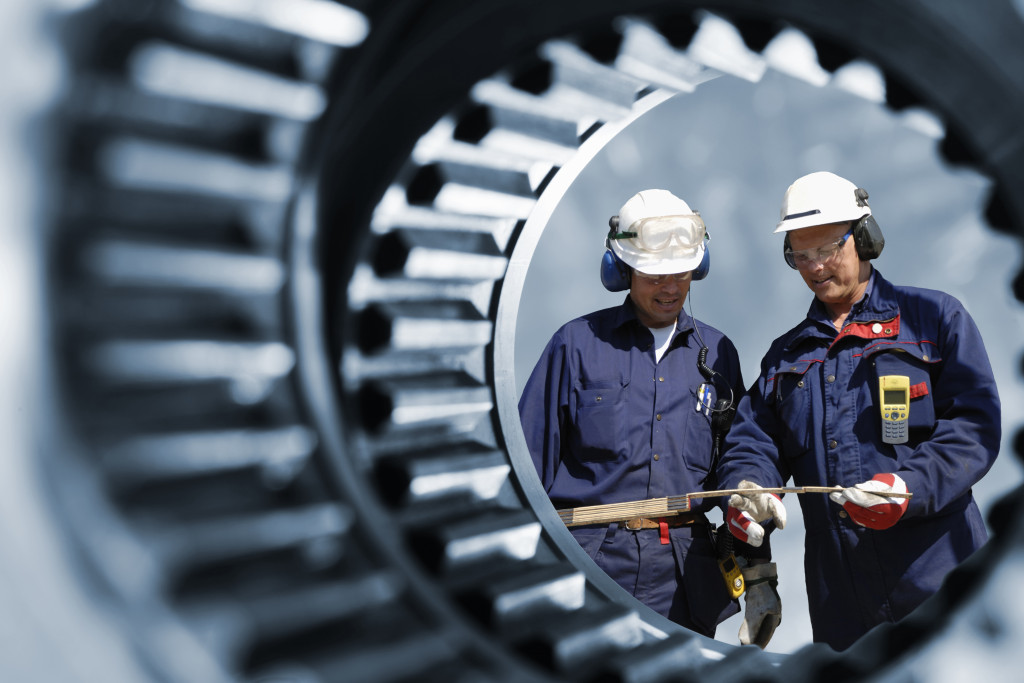- Energy-efficient lighting, especially LED lights, is a simple yet effective facility optimization strategy, reducing costs and improving lighting quality.
- Employing Smart Building Automation Systems and improving the building envelope enhances energy efficiency and reduces maintenance costs.
- Power and energy firms can reduce grid electricity dependence and align with sustainability goals by investing in renewable energy sources.
- Preventive maintenance plans, including regular inspections, scheduled maintenance, automation technology, and accurate record-keeping, minimize downtime and improve equipment effectiveness.
Power and energy companies are always on the lookout for ways to improve their facilities. Whether it be by reducing costs, improving efficiency, or improving safety, there are a multitude of benefits to optimizing your facilities. Optimizing your facilities can help you reduce costs, improve efficiency, and improve safety. This blog will discuss essential tips to help power and energy firms optimize their facilities.
Energy Efficient Lighting
One of the easiest ways to optimize your facility is by switching to energy-efficient lighting. Energy-efficient lighting can help reduce energy costs as well as improve lighting quality. LED lights, in particular, are becoming increasingly popular due to their energy-saving qualities. LED lights use less energy and last longer than traditional lightbulbs, making them a great option for businesses looking to optimize their facilities.
Smart Building Automation Systems
Smart Building Automation Systems can help facilities be more efficient, save energy, and reduce maintenance costs. They allow for lighting, temperature, and other functions to be controlled remotely and automatically, reducing the need for manual adjustments. With the use of sensors, lighting and HVAC systems can be integrated to improve energy efficiency. This technology can be used to optimize the building’s performance and minimize energy wastage.
Renewable Energy Sources
Renewable energy sources like solar and wind power can help power and energy firms optimize their facilities by reducing their dependence on grid electricity. Investing in renewables can also improve a facility’s reputation and contribute to a business’s sustainability goals. With the advancements in renewable energy technology, it’s becoming increasingly affordable and feasible for power and energy firms to utilize renewable energy sources.
Building Envelope Improvements
The building envelope is the physical barrier between the building’s interior and exterior. Improving the building envelope can help reduce energy loss and improve energy efficiency. Upgrading windows, doors, and insulation can help reduce heating and cooling costs. By optimizing the building envelope, power and energy firms can reduce their carbon footprint, reduce energy costs, and improve the comfort and safety of employees.
Building Extensions
Another way to optimize facilities for power and energy companies is by building extensions. As the demand for energy continues to rise, many facilities may need to expand or add additional equipment to keep up with production. By planning and constructing well-designed extensions, companies can improve workflow efficiency and reduce operational costs.
This can be a big undertaking, so it’s essential to employ the help of the right contractors to ensure the project is completed efficiently and effectively. Crane service providers, for example, are needed if the project involves lifting large equipment or materials onto the building’s roof. Crane service providers can help save time and reduce the risk of accidents during construction.
Implementing Preventive Maintenance Plans
Implementing preventive maintenance plans can help power and energy firms minimize downtime, reduce maintenance costs, and increase the effectiveness of equipment. Preventive maintenance plans involve the following four steps:
Regular inspections
Regular inspections can help identify any maintenance issues before they become more significant problems. This can save time and money in the long run. You can also schedule routine equipment checks to ensure everything is running smoothly.
Scheduled maintenance
Scheduled maintenance involves scheduling regular tune-ups and replacements to ensure equipment is functioning correctly. This can help identify any potential issues that may arise in the future.
Use of automation technology

Automation technology can be used to monitor equipment performance, detect any abnormalities, and schedule maintenance accordingly. This helps optimize facility operations by reducing downtime and preventing major breakdowns.
Keeping accurate records
Keeping detailed and accurate records of maintenance activities can help track equipment performance, identify patterns, and make informed decisions about future maintenance plans. This can also help with budgeting and forecasting for future facility upgrades or replacements.
Preventive maintenance plans are crucial for power and energy companies as they rely heavily on their equipment to operate efficiently.
Optimizing facilities is a powerful strategy for power and energy companies to reduce costs, boost efficiency, and elevate safety standards. Whether it’s through implementing energy-efficient lighting, investing in renewable energy sources, or executing preventive maintenance plans, each step taken can lead to significant improvements.
Remember, the journey towards optimization isn’t a one-time solution but a continuous commitment to adopting innovative strategies, staying ahead of technology trends, and being responsive to the evolving energy landscape. The rewards, however, are well worth the effort, with enhanced productivity, reduced operational costs, and a more sustainable future.
